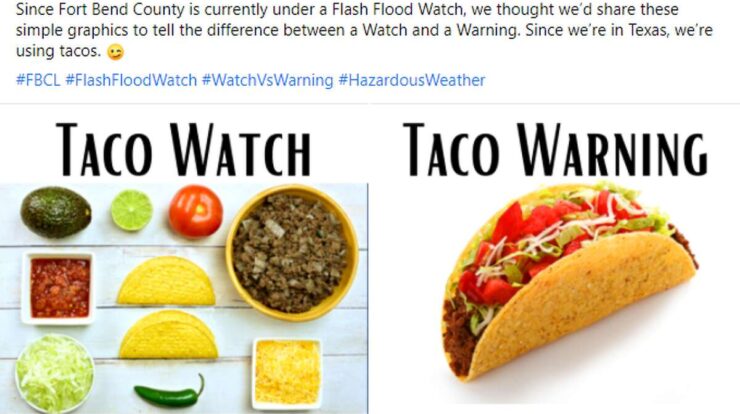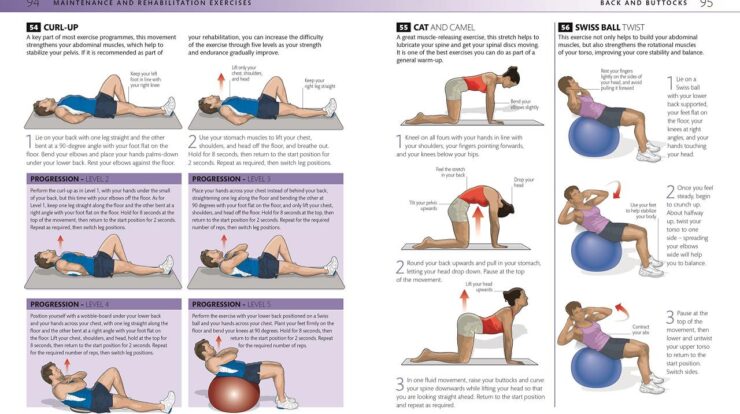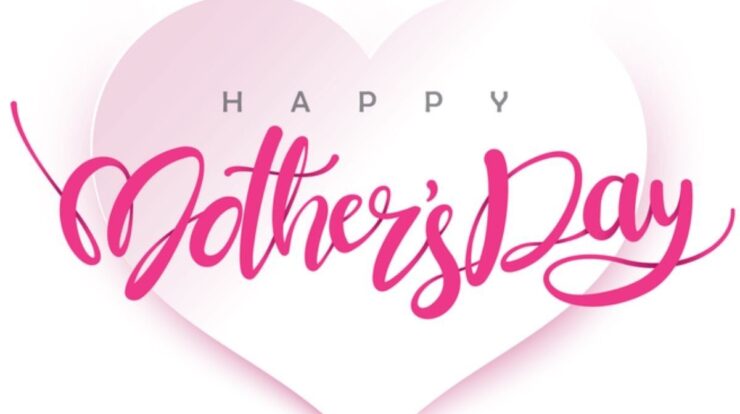
Is watch or warning worse – When it comes to weather alerts, knowing the difference between a watch and a warning can be crucial. This article delves into the nuances of these terms, exploring their severity, impact on decision-making, and the appropriate responses to each.
Catch all the action of the upcoming Lakers game watch here and stay tuned for the latest updates on the highly anticipated Oppenheimer movie here .
Watches and warnings are issued by meteorological agencies to inform the public about potential or imminent hazardous weather conditions. A watch indicates the possibility of a severe weather event, while a warning signifies that the event is already occurring or is expected to occur soon.
Watch or Warning: Which is Worse?

When it comes to severe weather, it’s crucial to understand the difference between a watch and a warning. While both terms indicate the potential for hazardous weather, they differ significantly in terms of severity and the actions you should take.
Definition and Understanding
A watchis issued when conditions are favorable for severe weather to develop. It serves as a heads-up that you should be prepared for the possibility of hazardous weather, but it doesn’t necessarily mean that it’s imminent.
A warning, on the other hand, is issued when severe weather is either occurring or is expected to occur imminently. It’s a more urgent call to action, indicating that you should take immediate steps to protect yourself and your property.
Factors Affecting Severity
The severity of a watch or warning depends on several factors, including:
- Weather conditions:The intensity and type of weather conditions, such as wind speed, hail size, and rainfall, determine the severity level.
- Geographical location:The location of the storm can influence the severity, as some areas are more prone to severe weather than others.
- Population density:The number of people living in the affected area affects the potential impact of severe weather.
Impact on Decision-Making, Is watch or warning worse
Watches and warnings play a crucial role in decision-making for individuals and organizations. Timely and accurate information allows people to make informed choices about their safety, such as:
- Seeking shelter or evacuation
- Adjusting travel plans
- Protecting property
Communication and Dissemination
Watches and warnings are communicated through various channels, including:
- Media:Television, radio, and online news outlets broadcast weather updates.
- Government agencies:National weather services issue watches and warnings.
- Community organizations:Local emergency management agencies disseminate information to the public.
Response and Preparedness
Upon receiving a watch or warning, individuals and organizations should take the following actions:
- Stay informed:Monitor weather updates and follow instructions from authorities.
- Create a preparedness plan:Develop an emergency plan that includes evacuation routes, shelter locations, and communication methods.
- Take precautions:Secure loose items, bring in outdoor furniture, and fill up your gas tank.
Comparison and Contrast
The following table highlights the key differences between watches and warnings:
| Characteristic | Watch | Warning |
|---|---|---|
| Severity | Moderate to severe | Severe to extreme |
| Purpose | Indicates potential for severe weather | Indicates imminent or occurring severe weather |
| Response | Be prepared and monitor conditions | Take immediate action to protect yourself |
Historical Examples
Significant watches and warnings have had a profound impact on communities. For example:
- Hurricane Katrina (2005):A hurricane warning was issued, but many residents ignored it, resulting in widespread devastation and loss of life.
- Tornado outbreak of 2011:A series of deadly tornadoes struck the southeastern United States, highlighting the importance of timely warnings.
Best Practices and Recommendations
To ensure effective communication and response to watches and warnings, the following best practices are recommended:
- Collaboration:Weather services, emergency management agencies, and media should work together to disseminate information.
- Coordination:All levels of government should coordinate response efforts.
- Public education:Educate the public about the difference between watches and warnings and the importance of preparedness.
Last Recap

Understanding the differences between watches and warnings is essential for staying informed and making informed decisions during severe weather events. By following the guidelines Artikeld in this article, individuals and organizations can be better prepared to respond to these alerts and mitigate their potential impact.
Finally, get ready for an exclusive watch of the prestigious White House Correspondents’ Dinner, where laughter and political insights collide.
FAQ: Is Watch Or Warning Worse
What is the key difference between a watch and a warning?
A watch indicates the possibility of a severe weather event, while a warning signifies that the event is already occurring or is expected to occur soon.
How do I know when to take action based on a watch or warning?
During a watch, be prepared to take action if the situation worsens. During a warning, take immediate action to protect yourself and others.
What are some examples of severe weather events that may trigger a watch or warning?
Watches and warnings can be issued for various severe weather events, including tornadoes, hurricanes, floods, and blizzards.
For those wondering about the difference between a watch and a warning, we’ve got you covered here . And if you’re eager to witness the Lakers take on the Nuggets, don’t miss our live coverage here .





